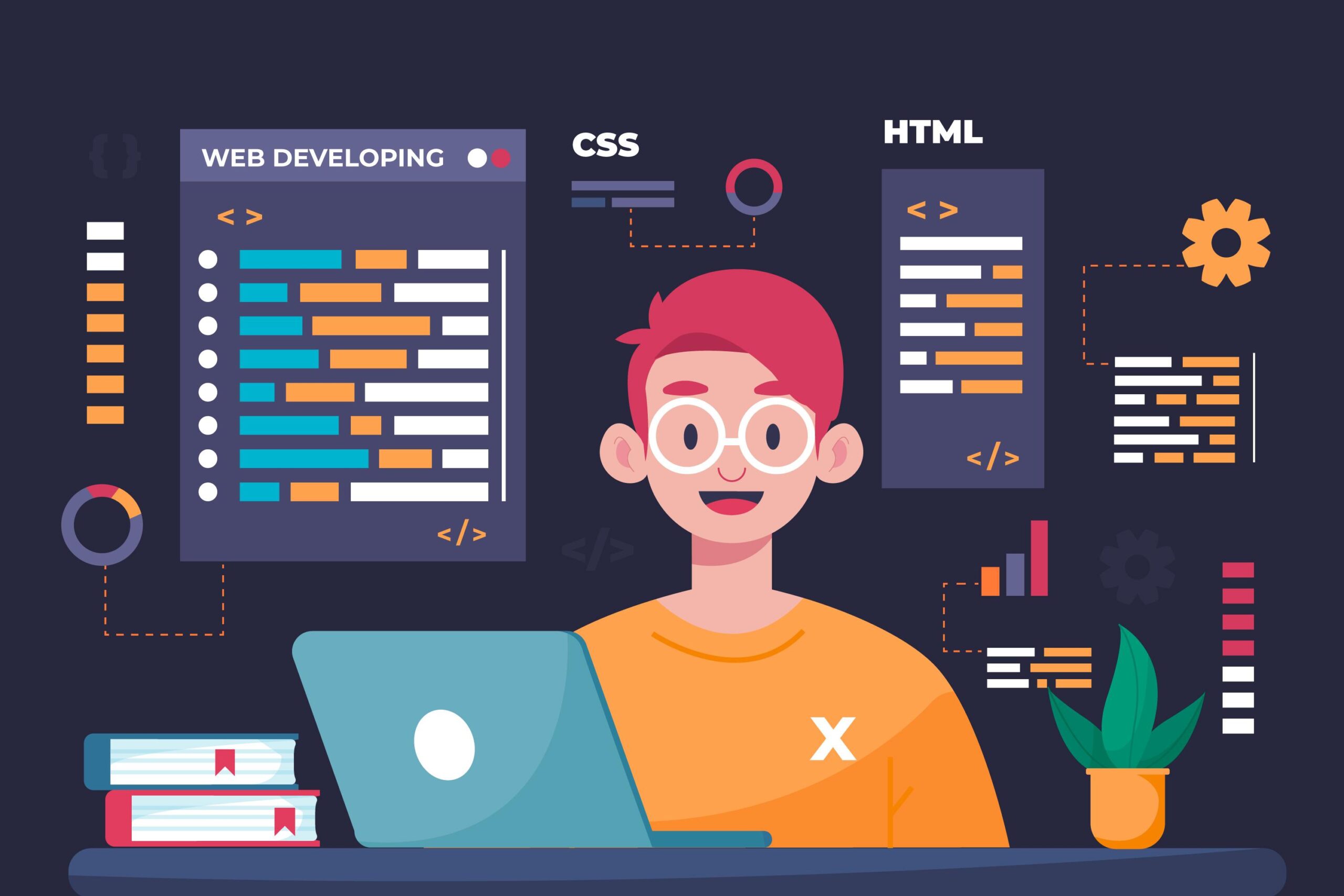
In the fast-paced modern digital world, user experience means everything. Think about the last website or online application you visited. Was it easy to navigate? Good looking? Did it load quickly? If your answer is yes, it is most likely thanks to a front-end developer and a UX designer. Front-end development and UX have a reputation for working in close collaboration to develop seamless, user-friendly digital experiences. What do they do, then, how do they differ, and how do they supplement each other? Let’s get into it.
What Is a Front End Developer?
Front-end developer is like the architect in the digital world. It’s the developer who builds the part of websites and applications that people see and interact with. If you have ever clicked a button or filled out that form on some website online, you have already encountered the front end. The inputs are designs, per se, from UX designers, which they convert into actual working code, implementing tools like HTML, CSS, and JavaScript.
What Does a UX Designer Do?
- UX stands for User Experience.
- UX designers are the masters behind the feeling of a product.
- They not only make things look pretty—they make them usable and intuitive.
- UX designers take time to learn about the user’s journey and behavior; then, they develop a wireframe and prototype diehow things are supposed to work.
How They Work Together
Think of it as constructing a house. The UX designer is the person who specifies where the rooms go, how large the openings will be, and how one will circulate through the space. The front-end developer would take a hammer and nails and build it all. What this does is partnership assures that what is put up not only looks good but also works well. They all work tightly collocated-sometimes even through the same tools-creating products that users love.
Key Skills Every Front End Developer Should Have
- HTML and CSS provide a strong foundation to a web page.
- Javascript is the engine that adds fabulous functionality with interactivity.
- Responsive Design: Making the website accessible on any screen.
- Version Control (Git): Monitoring code changes.
- Frameworks (React, Vue, Angular): Creating an app faster and smarter.
Must-Have Skills for UX Designers
UX designers wear many hats — they’re part researcher, part psychologist, and part artist. They bring a range of skills to the table, starting with user research to understand what people truly want and need. They sketch and model user flows through wireframing and prototyping, ensuring each step feels natural.
Front End Development vs UX Design
Let’s break it down in a quick comparison:
| Feature | Front End Developer | UX Designer |
| Focus | Functionality & interactivity | User satisfaction & ease of use |
| Tools | HTML, CSS, JavaScript, React | Figma, Sketch, Adobe XD |
| Output | Code | Design mockups, user flows |
| Background | Programming, Web Development | Psychology, Design, Research |
| Goal | Make designs come alive | Make products user-friendly |
Why They’re Both Critical to Web Development
A website without UX design is a set of logics, clumsiness, and confusion. And a design without code is a pretty picture-it remains so. Open collaboration between the developer and the designer turns out that the end result is dissolving to produce a truly user-friendly product that brings the business to fruition..
User Interface Design: The Common Ground
Here, adjacent acts are confronted by both UI designers and front-end developers. Designers contribute to the very final product itself and how it appears and interacts with the user through the designers’ efforts. While the focus of UX design is on the structure and flow, UI design takes care of graphics and aesthetics; the developers step in to code it all.
HTML, CSS, JavaScript: The Front End Trio
As you can see, these are the basic tools used by all front-end developers:
- HTML is used to structure content.
- CSS styles the look and feel.
- And JavaScript, it makes everything interactive.
These are the three things that make the holy trinity of front-end development. To know all of them flows out of one’s veins.
Responsive Design: The New Standard

Everyone’s using something these days: they are on their smartphone, they are on their tablets, they are on their desktops, they are even sometimes watching televisions. Design that is responsive ensures that no matter what the size of the screen, the experience will remain the same and remain understandable. This is, of course, a common contention between front-end developers and UX designers.
Tools of the Trade
Let’s talk gear. Here are some popular tools used by each role:
For Developers:
- VS Code
- Chrome DevTools
- GitHub
- Bootstrap or Tailwind
For Designers:
- Figma
- Sketch
- InVision
- Adobe XD
Learning Paths for Each Role
Interested in becoming one of them? Here’s how to get started.
For Front-End Developers:
- Learn HTML, CSS, JavaScript
- Build mini projects
- Practice with frameworks
- Push code on GitHub
- Take online courses (freeCodeCamp, Udemy)
For UX Designers:
- Study design principles and psychology
- Practice creating wireframes
- Learn tools like Figma and Sketch
- Conduct mock user research
- Join design communities
The Future of Front End Development and UX Design
While the world is fast-evolving AI, voice interfaces, and AR/VR, the appearances of front-end development and UX design keep changing. The demand for user-friendly, accessible, and inclusive digital experiences, though, is only going to grow. So, when coding or designing out there-you indeed have a bright future ahead.
Conclusion
The essence of any great digital experience lies within front-end developers and UX designers. Although their roles differ, they strive for the same goal: to create beautiful experiences. If making things that people love get your heart racing, choose either/both professions and be prepared for a rewarding trip. For business owners, investing in both clearly becomes a game changer.
FAQs
Can an individual be described as a front-end developer and a UX designer at the same time?
That could be true because most of the professionals wear that hat in most startups with limited staff.
Which of the roles is more demanded in the industry- is it a front-end developer or a UX designer?
Both demand but varies based on the industry culture and advancement in technology.
Does a UX Designer need to learn coding?
No, but understanding HTML and CSS and very much JavaScript is more beneficial in terms of communicating with the developers. UI is how the things look while UX is how the things feel and work.
How long does it take for someone to learn front-end development or UX design?
It can take anywhere from six months to a year depending on individual motivation, but a good amount of practice should enable the average person to advance well in that time frame.